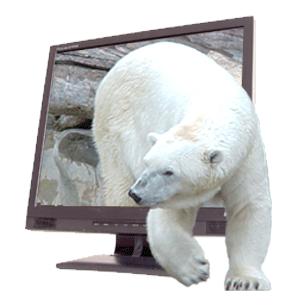Examine connections between human fascination with flight and technologies and careers based on the scientific principles of flight.
CP, DM, SI
| (a) |
Observe and describe physical characteristics and adaptations that enable birds (e.g., ravens, hawks, loons, geese, hummingbirds, sandpipers, cranes, and sparrows), insects (e.g., mosquitoes, dragonflies, grasshoppers, bees, wasps, and butterflies), and bats to fly. |
| (b) |
Show how First Nations and Métis art and storytelling highlight understanding of and respect for birds. |
| (c) |
Examine the role of inspiration and aesthetic design in the development of flying devices (e.g., initial attempts at trying to fly were based on observations of birds). |
| (d) |
Research technological problems that had to be overcome to develop devices that fly (e.g., balloons, kites, gliders, airplanes, helicopters, and rockets) and explain how various creative solutions to those problems have resulted in the development of flying devices with different designs. |
| (e) |
Discuss historical and current contributions of individuals, including Canadians, who have contributed to scientific understanding and technological developments related to flight. |
| (f) |
Describe examples of traditional and modern technologies developed by First Nations, Métis, and other cultures that are based on principles of flight (e.g., atlatl, bow and arrow, slingshot, catapult, boomerang, and trebuchet). |
| (g) |
Explain how inventions based on principles of flight have changed the way people work, live, and interact with the environment locally, nationally, and globally (e.g., bush planes in northern Saskatchewan, scheduled airline travel, supply of cargo to remote communities and mine sites, and transoceanic air travel). |
| (h) |
Describe career opportunities in Canada related to the science and technology of flight. |
















